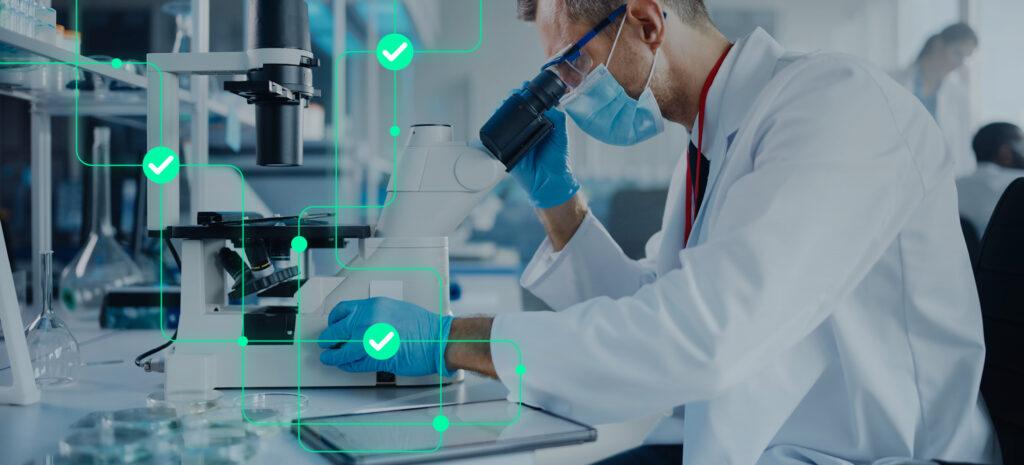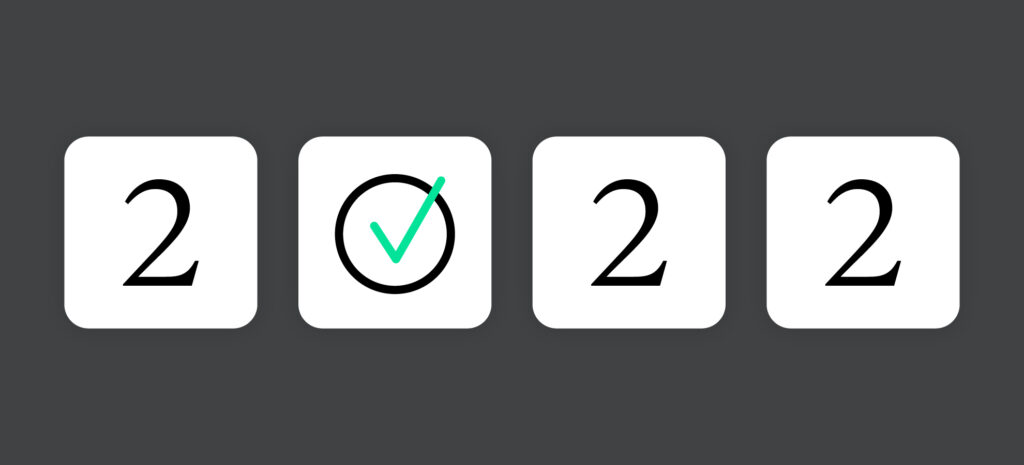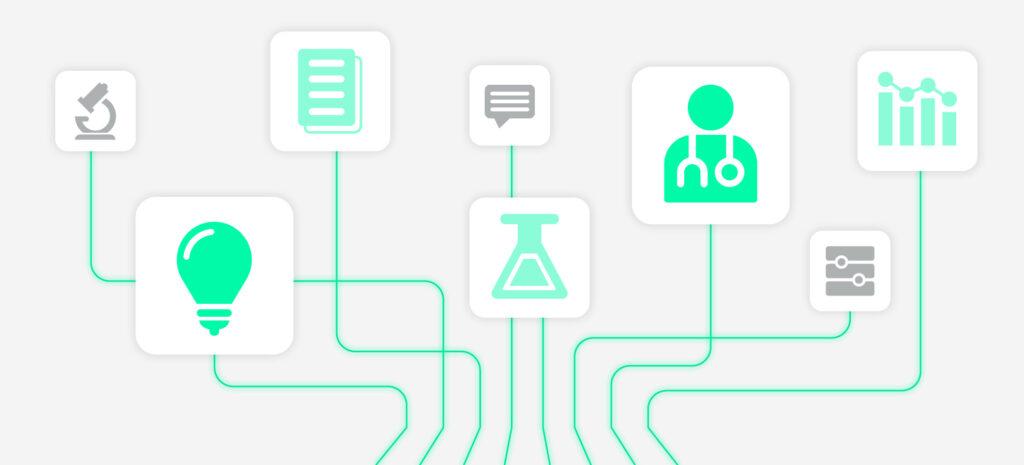Drug development is a highly regulated process. In the US, the FDA is the government’s primary regulatory agency. It reviews all test results from clinical research and trials of new treatments to ensure new drugs and medical devices are safe and effective for specific users. In this context, safe means that the potential benefits of the treatment have been shown to outweigh any risks. In turn, the drug approval process is just as stringent as it passes through regulatory affairs before hitting the market. Critical checkpoints during the drug development regulatory process warrant careful attention and complete recordkeeping of essential documents in clinical trials. Read on to learn about critical drug regulatory checkpoints to ensure a smooth FDA review.
What applications are required before beginning a clinical trial?
In the field of clinical pharmacology, different types of applications can be submitted before a trial begins. Let’s discuss investigational new drug applications and investigational drug applications.
Investigational new drug application (IND)
If a potential new drug looks promising in lab tests, the trial sponsor must apply for FDA approval to test it in human studies. This application is called an IND application and is reviewed by the FDA to ensure it is safe for clinical research subjects and that they will not be exposed to unreasonable risk. Upon approval, the potential drug usually enters a phase 1 clinical trial. IND applications include:
- Safety information, including results of animal pharmacology and toxicology studies
- Manufacturing information about the chemical composition, manufacturing methods, stability, and controls used
- Clinical protocols and investigator information, including detailed protocols for proposed clinical studies and information on the qualifications of clinical investigators
Additionally, there are three types of IND applications:
- Investigator IND. Submitted by a physician who initiates and conducts the investigation and who immediately directs the administration or dispensing of the investigational drug
- Emergency use IND. This application asks the FDA to authorize the use of an experimental drug in an emergency, such as emergency use authorization sought for COVID-19 vaccines
- Treatment IND. This is for experimental drugs showing promise in clinical testing for serious or immediately life-threatening conditions
INDs may take as long as six months to prepare, but once they are submitted, things move faster – the FDA has just 30 days to respond.
Access to investigational drugs
In the 1970s, cancer researchers at the National Cancer Institute raised concerns about when an investigational drug was found to have anti-tumor activity and when that drug was available to patients. In concert with the FDA, the researchers established the Group C classification system, which provides such drugs to trained physicians with patients who qualify under protocols for the drug.
What applications are needed after a clinical trial?
Drug development regulatory processes differ around the world. Still, in the US, until a drug candidate is FDA-approved, it can only be obtained in the following ways. For example:
- Enrollment in a clinical trial studying the drug
- Expanded access program
- Special exemption or compassionate use program
For a drug to go to market and be publicly available, companies must prepare a new drug application or NDA. For biologics, companies submit a Biologics License Application (BLA). The application must include the following:
- Safety data
- Efficacy data documented during clinical trials
- Chemical makeup
- How the drug or biologic is made, processed, and packaged
- Quality control standards
An FDA advisory board committee analyzes the data in the application to determine if a specific indication warrants drug approval for public use.
It’s important to note that these regulatory requirements apply to all companies involved in developing drugs, regardless of whether big vs small pharmaceutical companies conduct the pharmaceutical research. All drug developers are responsible for preparing complete applications and understanding what is required with submission.
What happens in the FDA development and approval process?
In the US, the FDA’s Center for Drug Evaluation and Research (CDER) is the regulatory body that evaluates new drugs before they can be sold. CDER’s oversight ensures that drugs work as intended and that the benefits outweigh the known risks.
When a drug developer seeks FDA approval, CDER physicians, statisticians, chemists, pharmacologists, and other scientists review the company’s data and proposed labeling. If the committee determines that a new drug’s health benefits outweigh its known risks, it is approved for sale. For companies that make drugs to treat serious illnesses, they can submit to the FDA’s Accelerated Approval program. Companies that make generic drugs would have to wait a little longer to get FDA review and approval.
As a science-led organization, FDA officials use the best scientific and technological information available to make decisions through a deliberative process. – FDA
CDER uses a structured framework to approve drugs. The framework includes:
- Analysis of the target condition and available treatments. In this step, FDA officials analyze the condition or illness for which the drug is intended and evaluate the current treatment landscape, which provides the context for weighing the drug’s risks and benefits. For example, a drug intended to treat patients with a life-threatening disease for which no other therapy exists may be considered to have benefits that outweigh the risks, even if those risks would be considered unacceptable for a condition that is not life-threatening.
- Assessment of benefits and risks from clinical data. FDA reviewers look at the clinical benefit and risk information submitted by the drug developer. The agency expects the drug maker to submit data from two well-designed clinical trials to ensure the findings from the first trial are not the result of chance or bias.
- Strategies for managing risks. Because all drugs have risks, strategies for risk management include an FDA-approved drug label that clearly describes the drug candidate’s benefits and risks, including how the risks can be detected and managed. Drug developers may implement a Risk Management and Mitigation Strategy (REMS) when more effort is needed to manage risks.
How can technology support proper documentation and efficiency in drug development?
The latest trends in pharmaceutical innovation include advanced technologies like data analytics, artificial intelligence, and robotics. Other digital tools, such as an insights management platform, can support companies throughout product life cycle management in pharma by helping trial teams be more efficient while remaining compliant.
Experts from different disciplines can contribute to protocol design in an insights management platform without concerns about bias or hierarchy influence. Patients can provide their input in a secure and private environment. Teams can also review data and co-author publications based on trial outcomes.
To understand how trial teams use insights management technology, download our free e-book.






